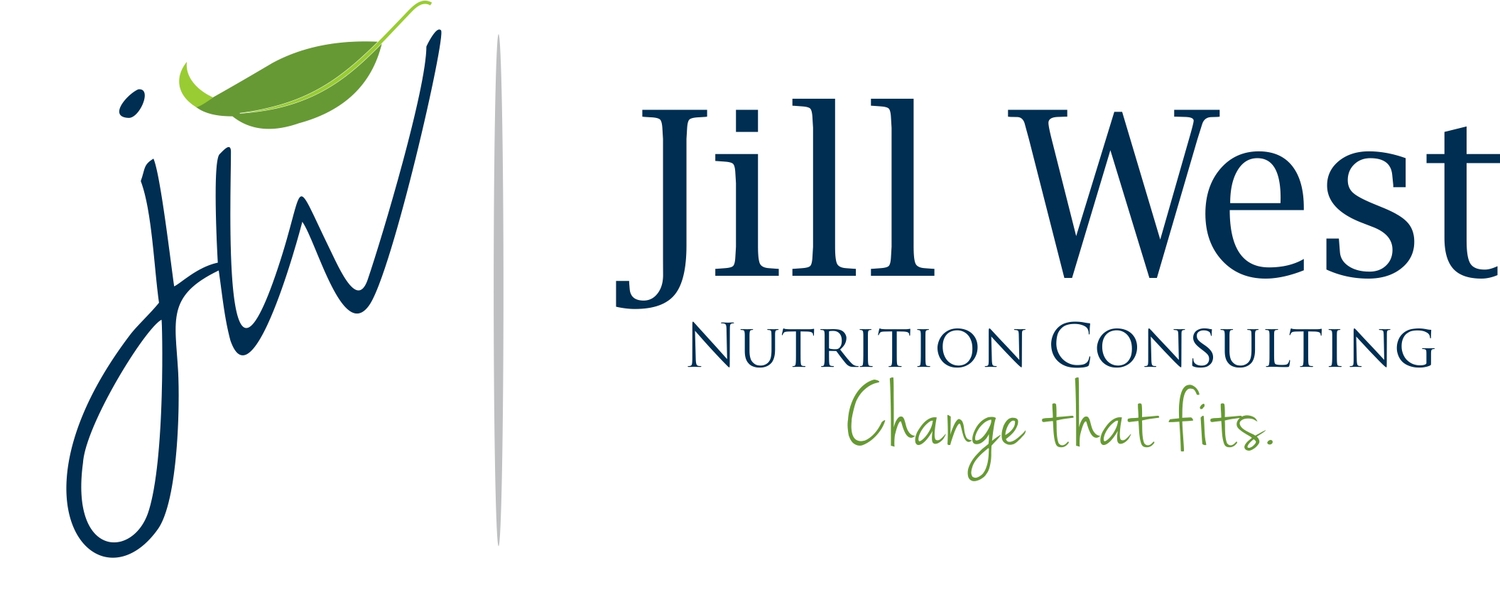Balancing High & Low Intensity Exercise
/I'm excited to have Elyse Petterson writing this guest blog post. I love the work she does, helping people incorporate activity into their daily lives. Rather than getting a 30-60 minute workout and then "being done" with activity for the day, she teaches Foundation Training and other techniques that are simple, practical ways to build strength, stamina and take care of our backs throughout the day. Read on to learn more...
There is a lot of talk about how different our modern life is from the way it used to be, and for good reason. It’s easy to roll your eyes about mention of ancestral diets and cavemen foraging (I mean, they didn’t live very long, right?). But there are some incredibly important takeaways from reflecting on these differences, and movement (or lack of) is a key change.
If we look at the whole span of human life, this most recent part (with the lights, cars, cubicles, and Snapchat) is the tiniest little sliver at the top of the iceberg. Plain and simple, our genetics have not caught up with what we have achieved in a very short amount of time. We are hardwired to move as little as possible, and eat whatever we get our hands on.
Is that working for us right now? Not at all. We have to have an incredibly strong drive and willpower to combat our bodies’ desire to conserve energy. And as we can see from obesity rates, we are failing at that. Let’s look at what “exercise” has come to mean in modern times. For the most part, unless you have a very physical job, people sit all day, and maybe 3 or 4 times a week put in 30 - 60 minutes of exercise. Oftentimes, making that exercise be high intensity is the desire; we have to counteract all that sitting, right?
It’s not BAD to do high intensity exercise. It gets the endorphins up, making it pretty fun. It’s good for your heart, and depending on what kind you are doing, it can add lean muscle and improve body composition.
But let’s be real: sitting all day is not a natural position to be in. Sitting slows the flow of fluid in your body and has been linked to heart disease and obesity. Your workout does not take away those effects.
What if we don’t stop with our favorite exercise class or jogging routine, but ADD in more movement? The Solution: Stand up, every hour:
Here’s an area where modern technology helps you! Phones can have timers set, and that iWatch buzzes your wrist to tell you to get up regularly. Walk more! The benefits of walking can’t be overstated. Take the stairs, carry your groceries, make your daily life support your health instead of diminishing it.
The benefits of low-intensity exercise are huge. Walking, gentle yoga, Foundation Training, joint mobility exercises, cooking from scratch; the list goes on and on. High intensity exercise, while great, also raises cortisol, which impedes recovery. Low intensity exercise lowers cortisol; this is where your bones get stronger, muscles and connective tissues rebuild, and stress is lowered. We need the balance.
Where to start?
- Set that timer, get up from your desk or that chair regularly.
- Add in walks, even short ones, throughout the day.
- Don’t skip the gentle yoga class. Go and know it will make your body stronger and better compared to only doing the high intensity workouts.
We can’t change what we have done in the past, and we shouldn’t feel guilty that we sat when we could have stood; after all, it’s in our genetics. But what we can do is get up, right now, and change our path for the future to one of health and vibrancy.
Elyse Petterson
To learn more about Elyse Petterson, Foundation Training and exercises to incorporate into your daily routine, go to www.perpetualmotionfit.com or email: info@perpetualmotionfit.com














